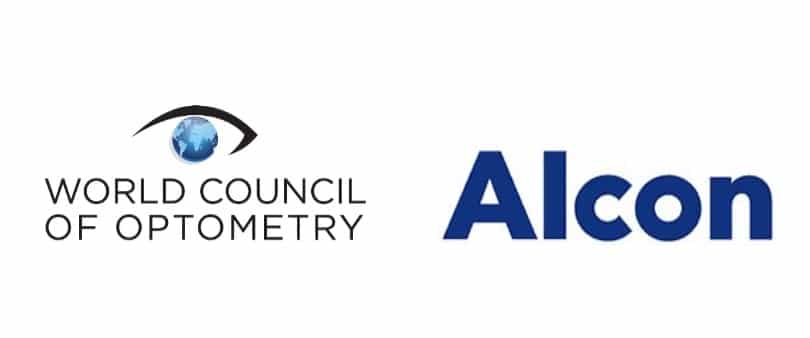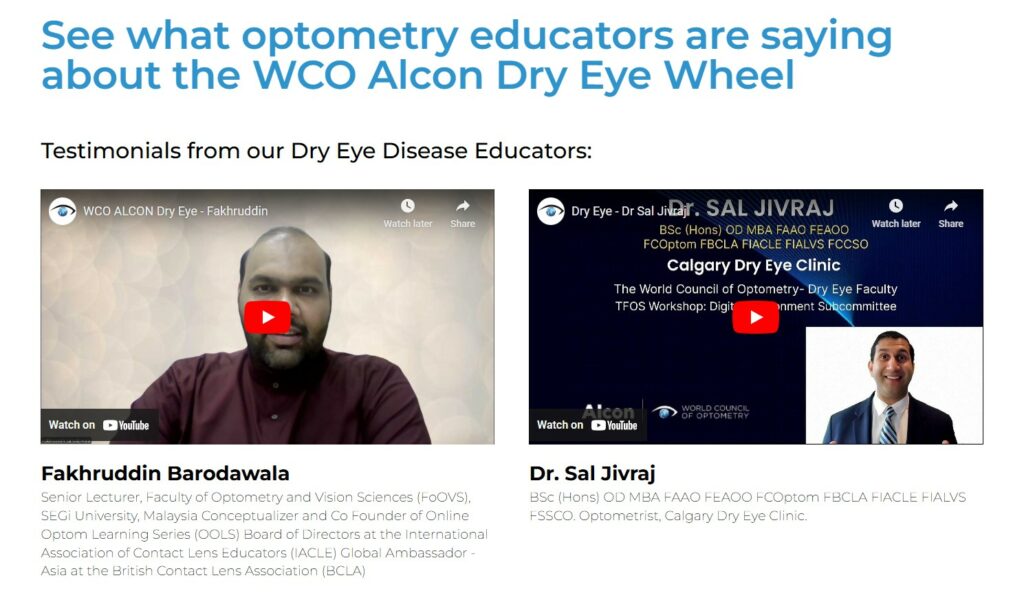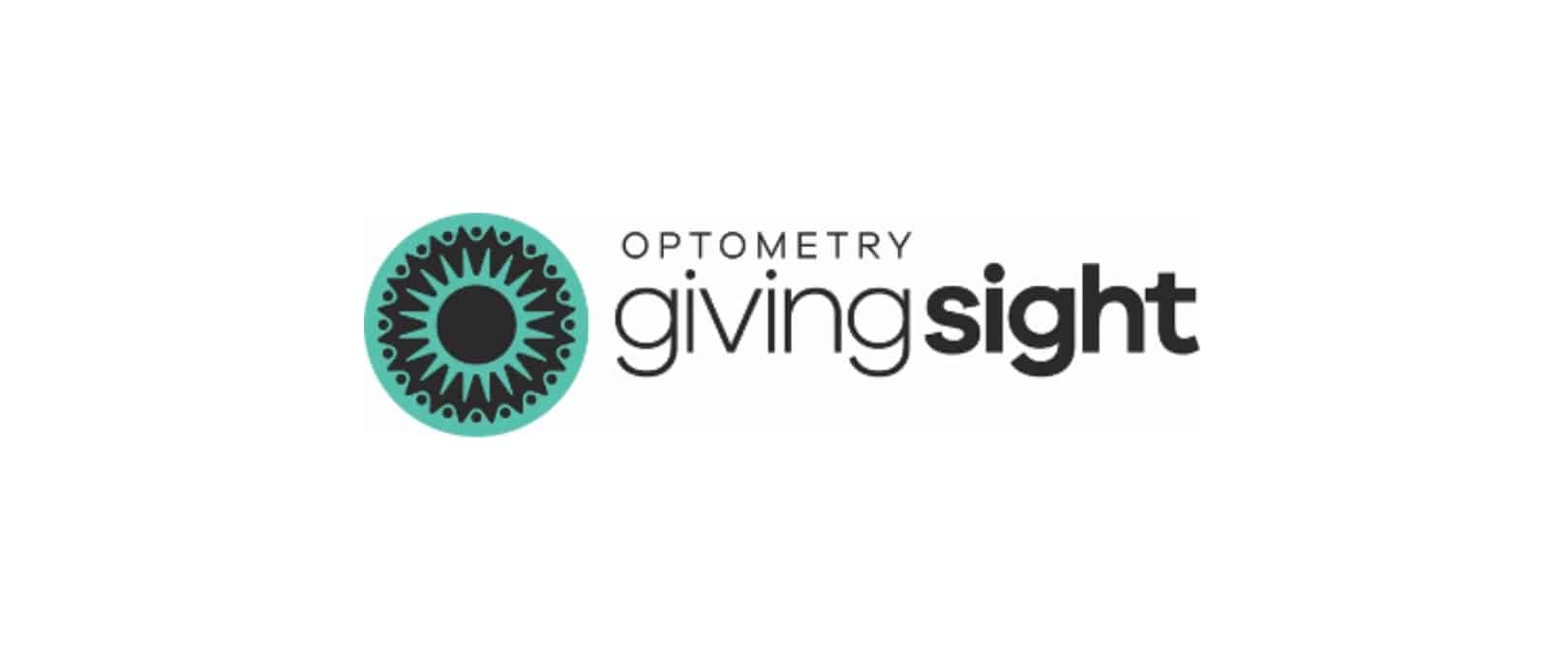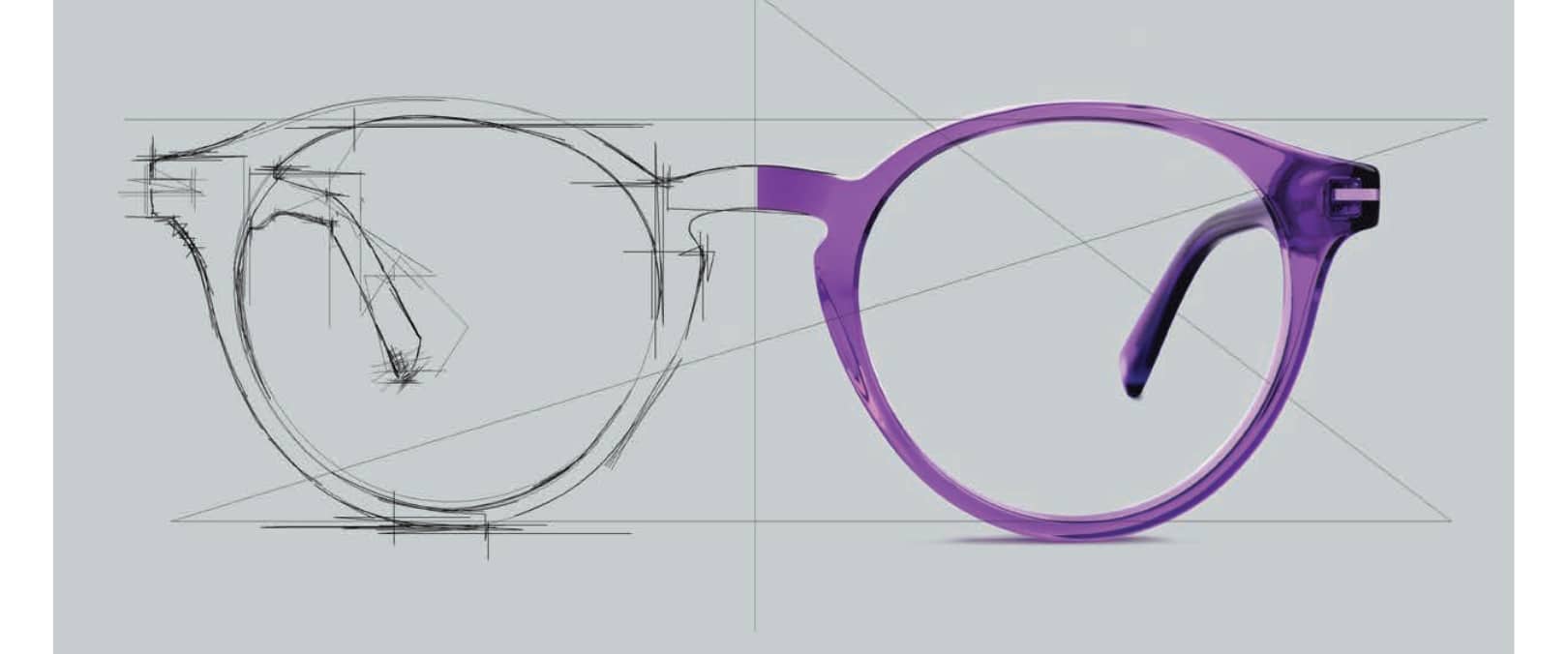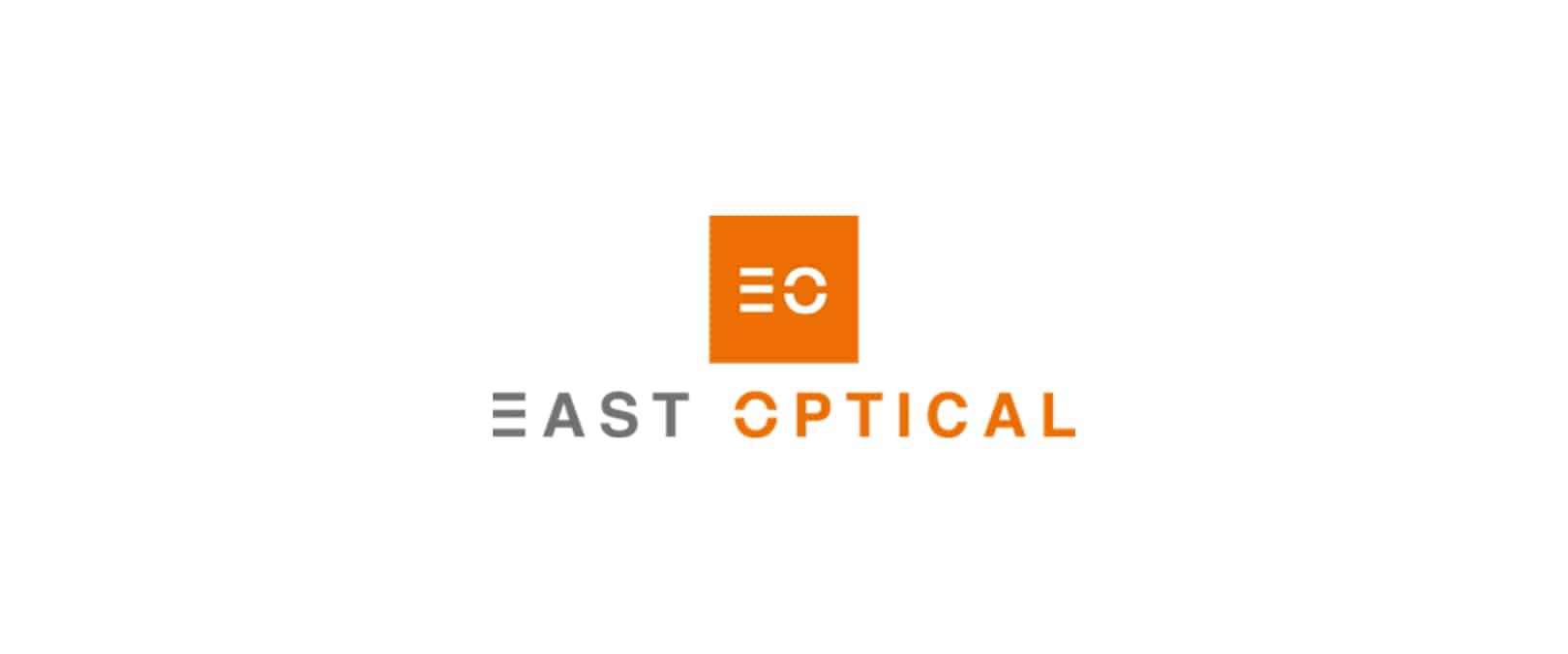Optometry Giving Sight (OGS) has announced the selection of its 2024 grant program recipients. This year, 16 grants totaling almost $1 million USD have been awarded to 15 organizations for projects that will help eradicate uncorrected refractive error globally.
As “Optometry’s Charity,” OGS raises funds from optometrists, optometry practices, and optometry-related businesses and corporations to award annual grants for sustainable, impactful projects that expand the profession and improve access to vision care in underserved areas of the world. Since the grant program began, OGS has awarded more than 200 grants totaling more than $23 million.
This year’s grantee organizations and projects funded are:
- African Eye Institute Trust
This project by the African Eye Institute Trust includesprovidingeye exams and free eyeglasses for children; vision screening training for teachers and others; and working with the government to prioritize child eye health in South Africa.
The grant will fund the screening of 20,000 children at schools in underserved areas of Karachi, Pakistan by providing free refraction services and eyeglasses; and referring children needing advanced eye examinations to hospitals. Also included is training for optometrists, project staff, and school teachers.
- Brien Holden Vision Institute Foundation Project
The grant will fund the ongoing expansion and enhancement of clinical care at the Pediatric Refractive Error Training Centre in Hanoi, Vietnam. The Centre, established in part by previous grants from OGS, is the clinical training and patient care facility affiliated with Hanoi Medical University’s Optometry Program.
Canadian Vision Care will use this grant to repair and maintain the vision teaching center facility for the University of Mzuzu’s Optometry Program in Mzuzu, Malawi. The university program, funded in part by Optometry Giving Sight in 2008, has resulted in the graduation of more than 60 optometrists to date.
- Healing California
Healing California will use this grant to provide pop-up and mobile vision clinics throughout California for people in need of vision care.
This grant will be used by the India Vision Institute to provide training in teaching and instruction to 100 optometry faculty members at 40 optometry schools in India. It is estimated that the additional training will enable faculty members to positively impact the education of 3,200 optometry students throughout the country.
- Light for the World International
Light for the World International will use this grant to train 20 optometrists employed by the national Mozambique government. Participants will undergo specialized training in critical skills related to pediatric eye care, including pediatric refraction and optical corrections.
- See Better. Learn Better Jamaica, LTD
The organization will use this grant to provide optometry services and improve the eye health system in western Jamaica. Included in the project are: eye exams and eyeglasses for school-aged children; training of optometry students and opticians and; collaborative efforts with local hospitals and other eye care providers on the island.
- Special Olympics International
This grant will fund initiatives to improve the vision and health of people with intellectual disabilities and raise awareness of vision care’s role in their well-being. Funding will be used in support of the organization’s Opening Eyes program, which provides free eye exams and eye glasses to Special Olympics athletes. A portion of the award will also be used to provide specialized training for optometrists, optometry students, and other eye care practitioners who volunteer to provide the exams.
- Technological University of Santiago (UTESA)
The grant will enable UTESA to provide comprehensive eye exams and eyeglasses to 1,000 public school children in Santo Domingo, Dominican Republic. A portion of the funding will also be used to gather research data on the prevalence of refractive error and visual impairment within the Dominican population. Results will be presented to local Dominican authorities, at the American Academy of Ophthalmology Congress, and published in a peer-reviewed journal.
- Université de Montréal (UdeM)/Unité de Santé Internationale (USVI)
The project funded by this grant will support the development of new or emerging optometry programs in La Francophonie, namely in Morocco, Republic of Congo, Lebanon, Vietnam, Mali and Senegal.
This grant will fund the continuing development and growth of the School of Optometry at the University of Haiti in Port-Au-Prince. The school was established in 2017 in part by funding from Optometry Giving Sight and recognized its first cohort of Haitian optometrists this year.
Vision Action will use this grant to strengthen the optometry profession in Sierra Leone, which currently includes only eight optometrists and 17 optometry technicians. Funding will be used train additional optometry technicians and to support the upcoming launch of the Optometry Association in Sierra Leone to make available continuing professional development for current and future optometrists in the country.
- Volunteer Optometric Services to Humanity California (VOSH California)
This grant will be used by VOSH California to develop an optical lab at the National Autonomous University of Nicaragua (UNAN). In collaboration with other organizations, Optometry Giving Sight helped fund the creation of a School of Optometry at the university. The award will allow for the purchase of a patternless edger and 20,000 single vision lenses so that many of the eyeglasses prescribed via the school’s community outreach programs can be created on-site, at a much lower cost, allowing for more subsidized or free glasses to those who cannot afford them.
- Volunteer Optometric Services to Humanity (VOSH International, Inc.)
This grant will be used toprovide training and equipment for faculty and students of optometry schools in low and middle-income settings within Latin America, Africa and the Middle East. Funds will also enable VOSH to offer primary vision care services and eyeglasses to patients in the regions.
- World Council of Optometry
The World Council of Optometry will use this grant to offer its Optometry Program in Advocacy and Leadership (OPAL) training to practitioners from countries in which the profession is not yet fully established. The ongoing program is offered virtually and provides participants from throughout the world with the tools and resources they need to develop sustainable vision care advocacy programs in their countries.
During the last 21 years, OGS has funded the establishment of 14 optometry schools in areas of need, trained more than 14,000 optometrists and eye care personnel worldwide, established more than 130 vision centers for clinical training and patient care and served more than 8 million individuals in 47 countries.
Click HERE for the press release.
Want to see more like this article? Click here to subscribe to our FREE print magazines and e-newsletters!





